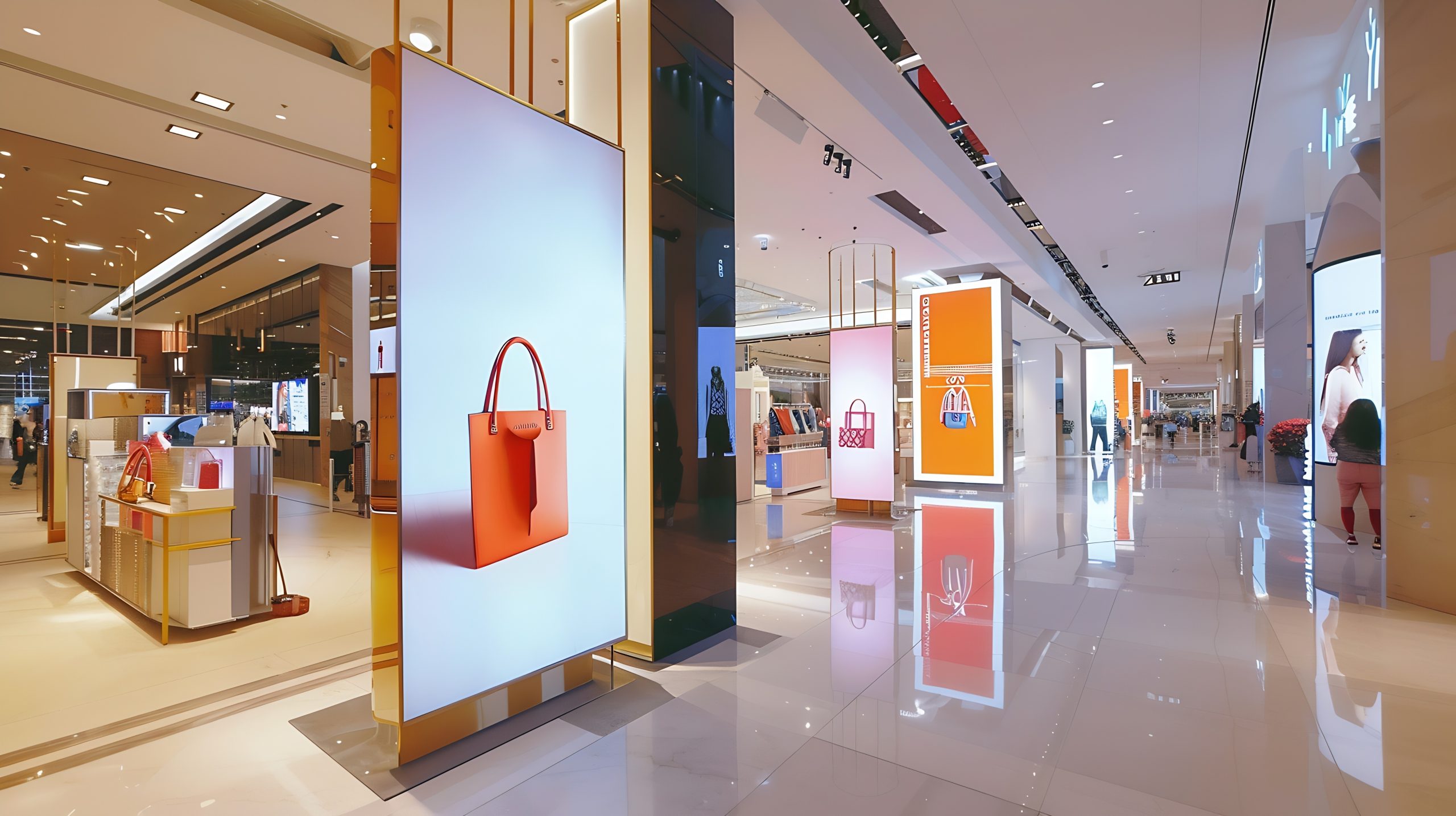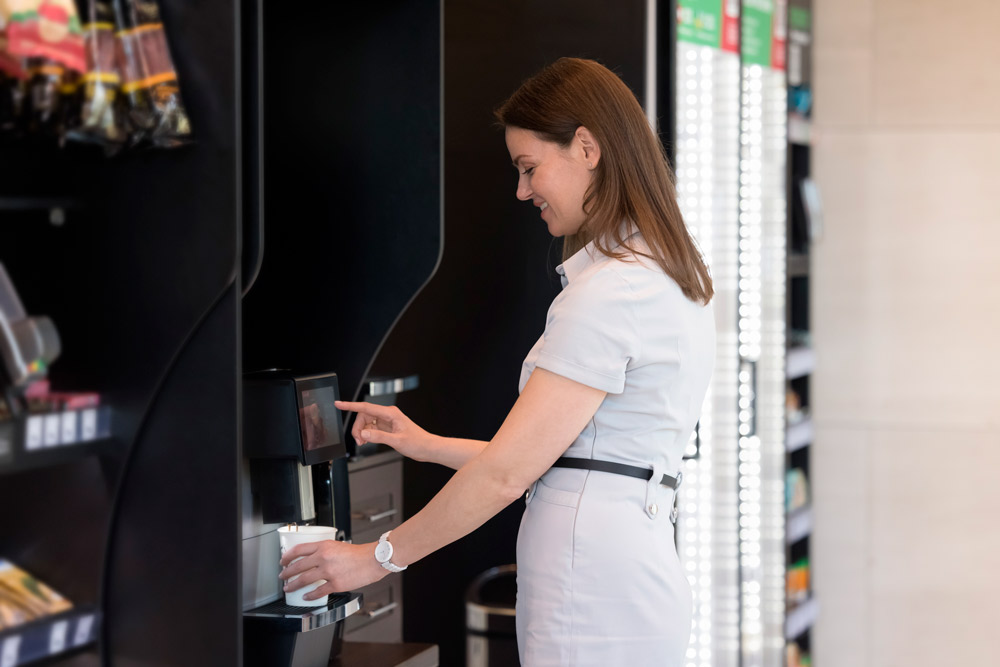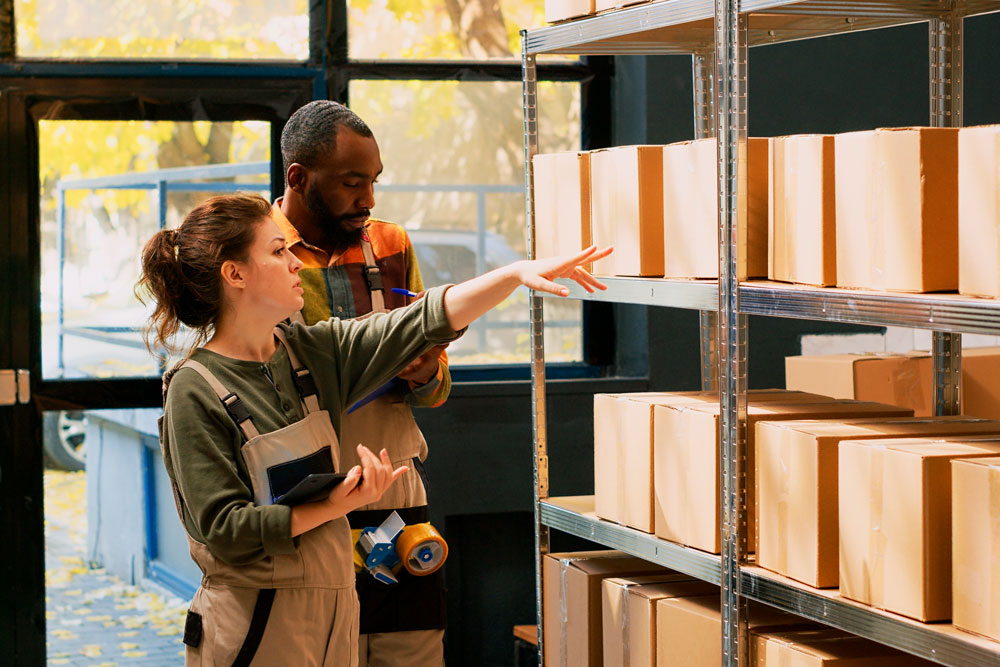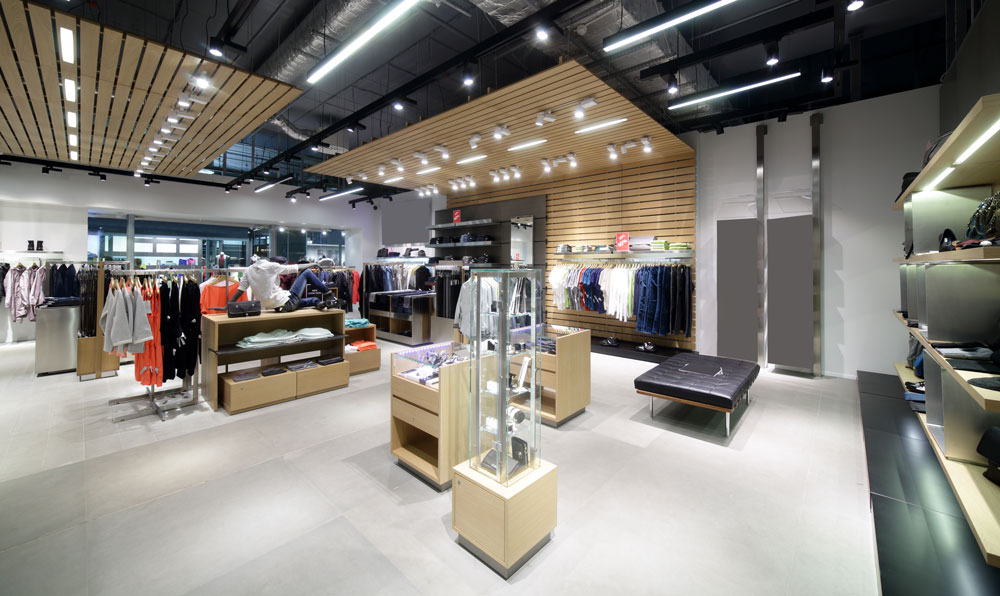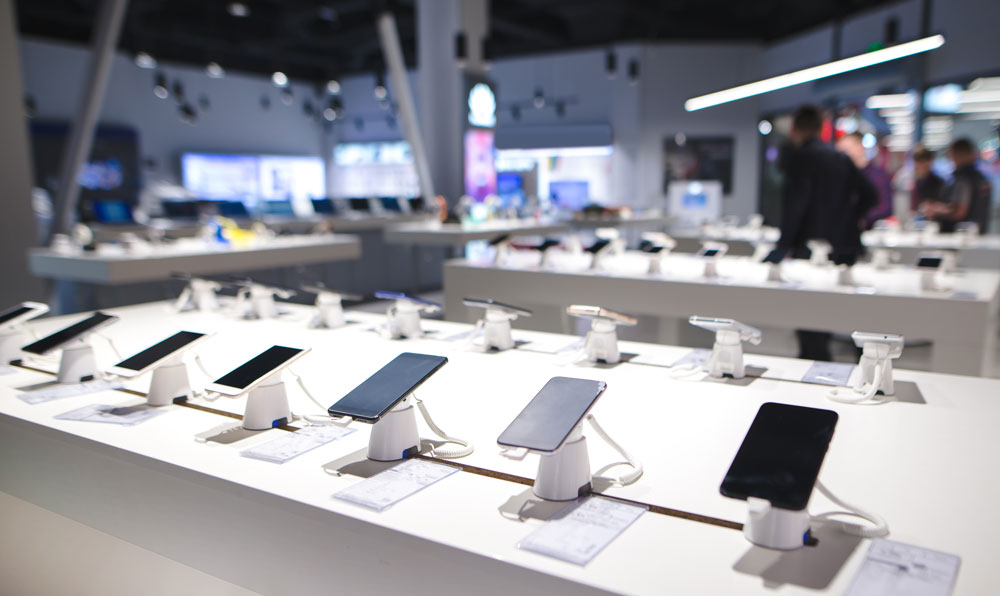
The retail sector is undergoing an unprecedented transformation. As we approach 2025, new technologies, shifts in consumer behavior, and innovative business models are redefining how we buy and sell.
In this article, we will explore the most significant retail trends for 2025 that will shape the future of commerce.
Retail Trend #1: Artificial Intelligence and Personalization
Artificial Intelligence (AI) is becoming the driving force behind personalization in retail. By 2025, AI is expected to mediate 80% of sales interactions. This includes:
- Hyper-personalized product recommendations based on customer purchase history and preferences.
- Advanced chatbots and virtual assistants offering 24/7 customer service.
- Real-time price optimization and inventory management.
AI will enhance the customer experience and boost operational efficiency, enabling retailers to make more informed and strategic decisions.
Retailers utilizing AI and machine learning have seen a 2.3 times increase in sales and a 2.5 times increase in profits compared to those who do not use these technologies.
Retail Trend #2: Total Omnichannel Integration
Currently, most consumers utilize at least three channels during each purchasing journey. This is why, by 2025, seamless integration between online and offline channels will be a fundamental requirement. Consumers will seek a fluid and coherent shopping experience, regardless of their channel. This implies:
- The ability to initiate a purchase on one channel and complete it on another without interruptions.
- Consistency in product information, prices, and promotions across all channels.
- Services like “buy online, pick up in-store” or omnichannel returns will be standard.
Companies that achieve true omnichannel integration will be better prepared to meet modern consumer expectations. Studies indicate that 81% of retailers are planning to expand the number of digital channels they sell on in the next 12 months, underscoring the relevance of this trend.
81% of retailers have plans to expand their digital channels in the next 12 months.
Retail Trend #3: Immersive Shopping Experiences
The retail of the future will not just be about selling products but creating experiences. Physical stores will transform into experiential destinations, while e-commerce will incorporate immersive technologies such as:
- Augmented Reality (AR) and Virtual Reality (VR) to virtually try on products.
- Physical stores with interactive spaces, workshops, and events that go beyond simple transactions.
- Smart mirrors in virtual fitting rooms.
These experiences will increase customer engagement, help reduce return rates, and increase satisfaction.
By 2025, 25% of retailers are expected to adopt Augmented Reality and Virtual Reality to enrich the shopping experience.
Retail Trend #4: Sustainability and Ethical Commerce
Environmental and social awareness is increasingly influencing purchasing decisions. By 2025, sustainability will be a consumer expectation. This will translate into:
- Increased demand for sustainable and ethically produced products.
- Demand for greater transparency in the supply chain and business practices.
- Rise of resale markets and circular economy.
Brands that adopt sustainable practices and demonstrate a genuine commitment to corporate social responsibility will gain the loyalty of conscious consumers. Online platforms are leading the way, while traditional retailers are also embracing resale by integrating second-hand products into their offerings.
In 2023, resale grew 15 times faster than general apparel; by 2028, it is expected to double, growing 6.4 times faster. (ThredUp’s 2024 Resale Report)
Retail Trend #5: Automation and Robotics in Store and Supply Chain
Automation and robotics are radically transforming retail by optimizing in-store and supply chain operations. Widespread adoption of these technologies, which promise to revolutionize shopping experiences and operational efficiency, is expected by 2025. This includes:
- Real-time task management and monitoring.
- Automated checkouts, self-service, and product identification without scanning barcodes.
- Smart warehouses with automated sorting and packaging systems.
These innovations will improve operational efficiency, enable faster deliveries, and allow retailers to respond quickly to customer needs and market changes. Additionally, they will free staff from repetitive tasks, allowing them to focus on providing higher value-added customer service.
Investment in retail automation, including the use of robots and automation technologies, is expected to grow at an annual rate of 9.3% between 2024 and 2030. (Grand View Research)
Retail Trend #6: Digital Payments and Frictionless Commerce
Digital payments will continue to evolve towards greater convenience and security. Ease and security in payments will be a key differentiating factor in the shopping experience. This trend highlights:
- Increased use of mobile wallets and contactless payments.
- Implementation of biometric technologies for secure payments.
- “Invisible payment” systems in physical stores, eliminating checkout lines.
It is estimated that by 2025, there will be 4.4 billion unique digital wallet users worldwide, representing more than half of the global population.
Retail Trend #7: Social and Mobile Commerce
Commerce through social platforms and mobile devices will continue to grow. Brands that master these channels will have a significant advantage in attracting and retaining young customers.
Throughout the year, we will see advancements in:
- Direct shopping integration on social networks.
- Mobile apps with advanced functionalities and personalized experiences.
- Live streaming and video shopping becoming important sales channels.
According to Insider Intelligence, mobile commerce is expected to account for 73% of all e-commerce sales by 2025.
However, it is essential to recognize that 84% of sales still occur in physical stores despite digitalization revolutionizing how we shop. Therefore, it is critical not to overlook aspects such as productivity, inventory management, and effective implementation on the sales floor.
Preparing for the Future: How Frogmi Can Help
As we prepare for the retail trends 2025, Frogmi positions itself as an indispensable solution. Its unified platform integrates Helpdesk & Ticketing and Task Management, efficiently connecting stores, headquarters, and collaborators.
Frogmi delivers data and analytics that drive real operational improvements. It facilitates the implementation of AI strategies, management of omnichannel experiences, and execution of sustainable initiatives, transforming data into concrete actions. Moreover, it enhances the worker experience, reduces staff turnover, and increases customer satisfaction.
With Frogmi, retailers can confidently face future challenges, ensuring flawless execution and maintaining the agility necessary to thrive in an ever-evolving market.


